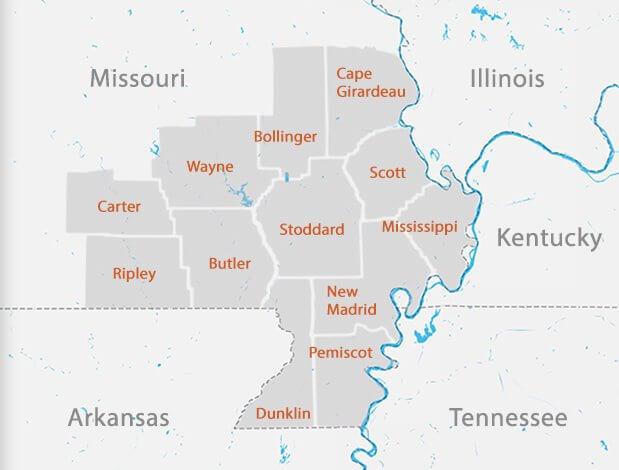About Farm Credit System
In 1908, President Theodore Roosevelt established the Country Life Commission. He was the first President in the nation's history to request a study on the future of agriculture and country life in the United States. Among others, one of the commission's most important recommendations was the establishment of a cooperative credit system that would provide agricultural credit on "fair" terms.
Eight years later, President Woodrow Wilson signed the Farm Credit Loan Act, establishing 12 Land Banks in 12 different districts throughout the United States to provide long term loans to farmers. In 1917, those first 12 Land Banks were chartered.
A short term credit solution was also in demand. So, in 1923, President Warren G Harding signed the Agricultural Credit Act, which allowed the creation of the Federal Intermediate Credit Banks, to handle short term and intermediate loans to farmers.
The Farm Credit Act of 1933 led to the establishment of Production Credit Associations, which was intended to further satisfy short-term agricultural credit needs, and the Bank for Cooperatives, designed to finance farmer co-ops. In 1947, the Federal Land Banks became fully member owned, as did the Production Credit Associations and Bank for Cooperatives in 1968.
The Farm Credit Act of 1971 was enacted under the administration of President Richard Nixon. The Act expanded the range of services Farm Credit organizations could offer. This Act modernized the system to serve a much more advanced farming community than the one served in the early part of the century.
Today, Farm Credit is more dedicated than ever to upholding the purpose and commitment of our mission that was establishment nearly a century ago. Throughout America, we partner with farmers, providing products and services to help them manage risks and improve yields for generations to come.
For more information on the Farm Credit System and other Farm Credit Associations visit www.farmcredit.com.




